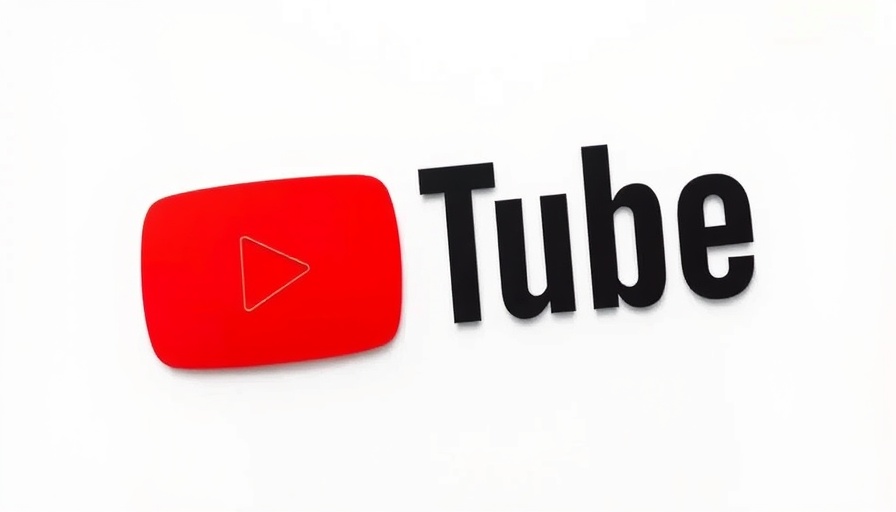
The Rise of AI in Captioning Technology
In today’s fast-paced digital world, the ability to provide accessible content isn't just a courtesy; it's a necessity. Video captions, which previously relied heavily on manual input, are increasingly being automated thanks to advancements in artificial intelligence (AI). The recent video, "Spot AI Video Captions in 30 Seconds," showcases how quickly AI can generate video captions, marking a significant leap in captioning technology. This innovation is not only enhancing viewer experience but also opening doors for inclusivity in media consumption.
In 'Spot AI Video Captions in 30 Seconds,' the discussion dives into the innovative capabilities of AI in generating captions, exploring key insights that sparked deeper analysis on our end.
Understanding AI-Powered Captioning
AI captioning technology employs advanced algorithms that analyze audio tracks to convert spoken language into text. This process is not as simple as it sounds; it requires the software to recognize different accents, dialects, and background noises. As the video illustrates, Spot AI excels in performing this task within a mere 30 seconds, demonstrating the rapid advancements in processing capabilities. The implications for content creators are profound; they can now enhance accessibility instantly, allowing for broader audience engagement.
Importance of Quick and Accurate Captions
Why does timing matter in captioning? Viewers may not have the luxury of waiting for captions to be created manually. In a world where attention spans are dwindling, immediate accessibility can significantly affect viewer retention rates. Quick and accurate captions help to keep the audience engaged, as viewers who rely on subtitles can follow along without missing crucial audio. This technology also plays a vital role in education, where effective learning relies on clear communication.
Broader Implications for AI in Learning Environments
The adoption of AI tools like Spot extends beyond entertainment; its application in educational settings is equally impactful. Educators can leverage such technology to ensure that learning materials are accessible to students from diverse backgrounds, including those with hearing impairments. For instance, automatic captioning in videos used for lessons allows students to focus on learning without getting bogged down by complex visuals or speech patterns. AI essentially helps level the playing field in education.
Challenges and Considerations in AI Captioning
While AI technology offers great promise, it is not without its challenges. The accuracy of AI-generated captions can vary based on the quality of the audio and the inherent complexity of the spoken language, potentially resulting in misunderstandings. Furthermore, cultural nuances and context-specific language often pose hurdles that AI struggles to manage. Therefore, while these systems are becoming more sophisticated, they still require human oversight to ensure that the final product is accurate and culturally relevant.
Future Outlook for AI in Captioning
As we look to the future, the role of AI in generating captions is likely to expand further. Improvements in machine learning and natural language processing will drive innovations that make these technologies even more reliable. Greater accuracy in automated captioning could potentially influence a wide range of sectors, from journalism to live broadcasts. Stakeholders in these industries should proactively explore the integration of AI tools, adapting their practices to leverage the benefits while addressing the challenges presented.
In conclusion, the emergence of AI video captioning technology, as seen in "Spot AI Video Captions in 30 Seconds," represents a critical shift in both accessibility and engagement within media contexts. As this technology continues to evolve, it will undoubtedly play a significant role in reshaping how we interact with video content.
 Add Row
Add Row  Add
Add 




Write A Comment